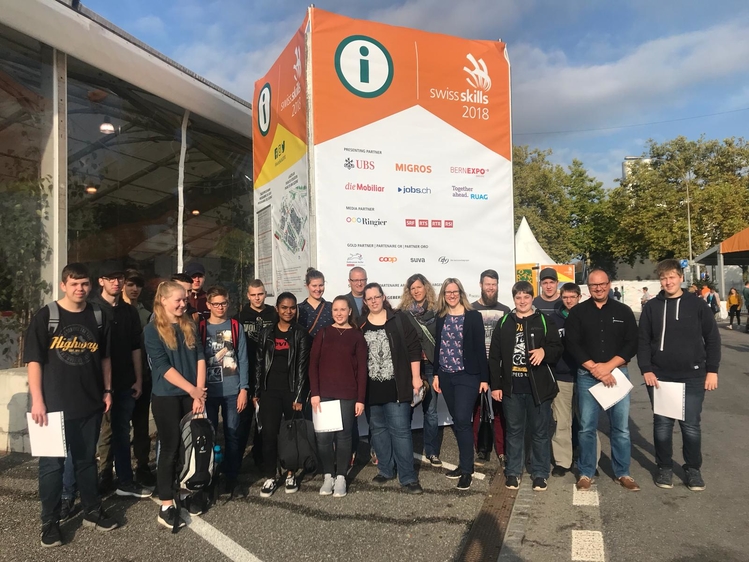On September 15, 2018 our apprentices, trainees and instructors visited the SwissSkills 2018 vocational championships. We sent them off - individually and in groups - to find the answers to a number of questions. Our apprentices and trainees report below on their experience of SwissSkills 2018.
One of their tasks was to locate the section for their own vocational training course and observe the SwissSkills participants and what they were doing.
Question 1: What impressed you most?
Florence Gammeter, 1st year polymechanic apprentice:
The most impressive thing for me was that the participants concentrated totally on their own work. They didn’t look up to see what the others were doing.
Nicolas Gerber, 2nd year production mechanic apprentice:
I was most impressed by their speed, despite the restricted space they had.
Dario Flükiger, 1st year automation technician apprentice:
What I found really impressive was the hustle and bustle throughout the competition. The participants were also incredibly quick and (mostly) knew exactly where to find every tool.
Question 2: Describe the activities – compare day-to-day work with the competition?
Silvan Feldmann, 3rd year automation technician apprentice:
The competition reminded me a lot of my first-stage exams. The experts were always looking over our shoulders and we were constantly under tremendous pressure. I could never work effectively in front of so many spectators. I much prefer my nice, quiet workplace in the company.
Roman Bichsel, 2nd year polymechanic apprentice:
The activities in the competition environment and in my day-to-day work were very similar. They also had to turn, mill and drill workpieces. The main difference between their work and mine is that they had to do a pneumatics test and work mainly on the CNC machines and program them.
Another difference between this and everyday work is that there were thousands of people watching here. You can't afford to make a single mistake and you have to work so accurately and with extreme concentration.
Jan Gerber, 3rd year trainee logistics clerk:
The main issue here is speed rather than quality. Of course, the quality is assessed here but in everyday work, quality is more important.
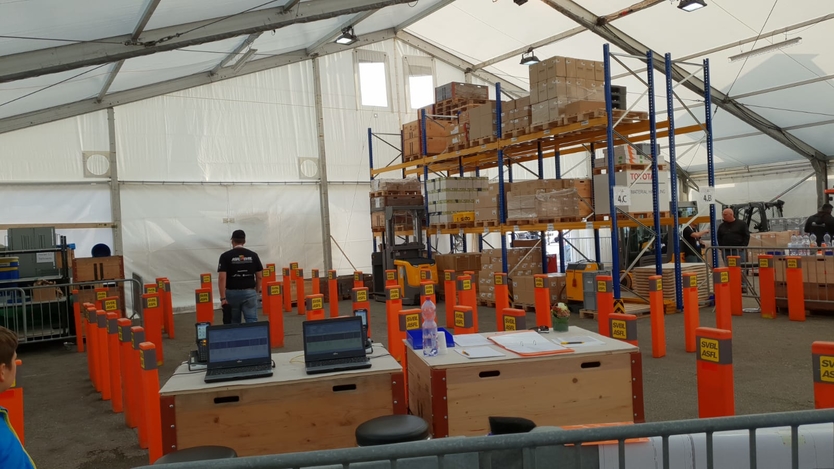
Question 3: What are the most important characteristics that enable people to participate successfully in such a competition?
Jonas Widmer, 3rd year administration trainee:
To take part in the SwissSkills competition they had to pass a psychological test. This makes sense when you see the conditions the competition takes place in.
Joël Tellenbach, 3rd year polymechanic apprentice:
Concentrated, very precise ways of working bring about success.
Mario Eymann, 3rd year production mechanic apprentice:
Concentrated, very precise work coupled with the ability to read the instructions and drawings quickly and understand what has to be done – these are the key characteristics.
In the afternoon, our trainees, apprentices and instructors went off together to hunt down our tools. The groups were mixed so that there was always someone in each group who knew the trades in question and could contribute practical experience from everyday work.
Question 4: What tools were being used?
Dario Flükiger, 1st year automation technician apprentice:
They were mainly using VDE screwdrivers of various sizes. But we also saw lots of hex key L-wrenches with and without color coding. In some cases, shade fitters had constructed their own tools on the basis of an existing standard screwdriver. We saw them using very long screwdriver blades.
Silvan Feldmann, 3rd year automation technician apprentice:
I mainly saw flat and Phillips screwdrivers in use. But a lot of the tools I saw were home-made special-purpose constructions.
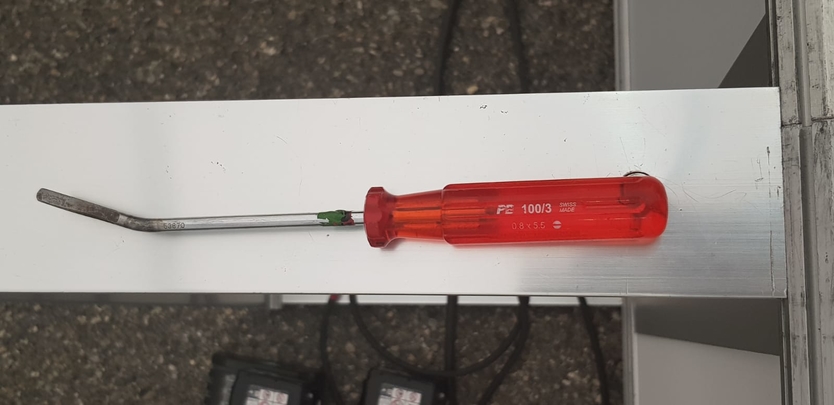
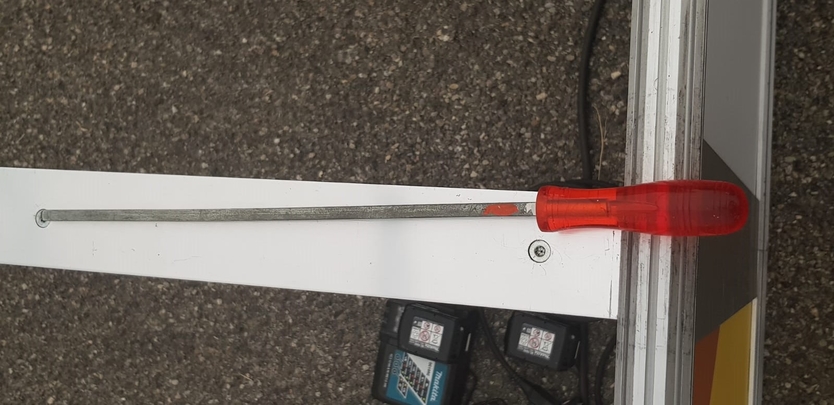
Florence Gammeter, 1st year polymechanic apprentice:
One of the most frequently seen tools was the screwdriver. We saw them in use with many of the trades. RainBow hex keys were instantly noticeable. We saw hex keys and screwdrivers in a wide range of trades. And on one of the drilling machines we saw our bits in use.
Question 5: Which of the trades were using the tools?
Nicolas Gerber, 2nd year production mechanic apprentice:
I saw various tools in use with the refrigeration technicians.
Corinne Gurtner, 2nd year administration trainee:
Bricklayers, polymechanics, roller blinds technicians, electricians, bicycle mechanics, technical draftsmen and -women, agricultural machinery technicians
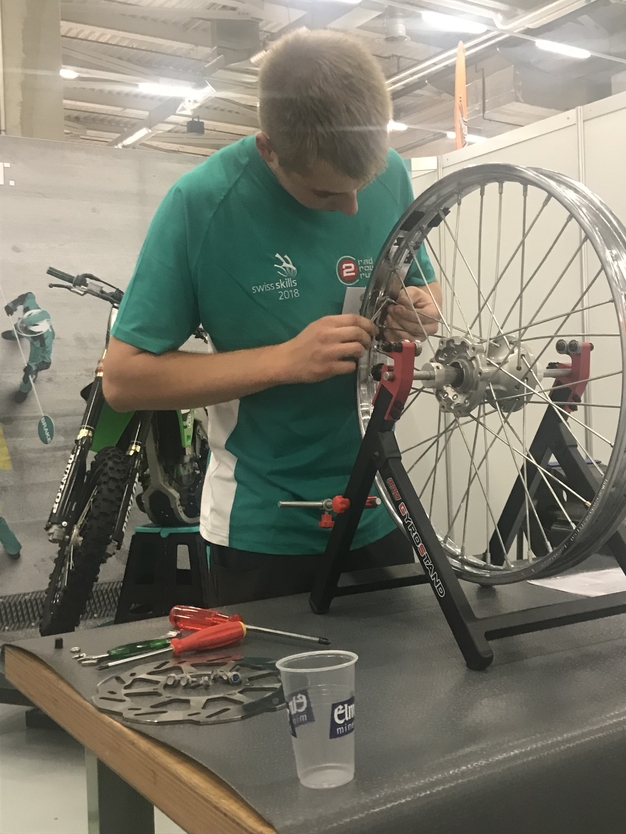
Joël Tellenbach, 3rd year polymechanic apprentice:
Mainly in the technical trades, polymechanics
Question 6: Why exactly was that tool in use?
Corinne Gurtner, 2nd year administration trainee:
Because the VDE screwdrivers were developed specifically for use by electricians.
Dario Flükiger, 1st year automation technician apprentice:
That's an easy question to answer: the tools help the participants to complete the required task efficiently and quickly.
Silvan Feldmann, 3rd year automation technician apprentice:
The shade fitters used a special-purpose tool: a flat-bladed screwdriver with a bend near the tip. This enabled them to fit the individual roller blind parts really easily.
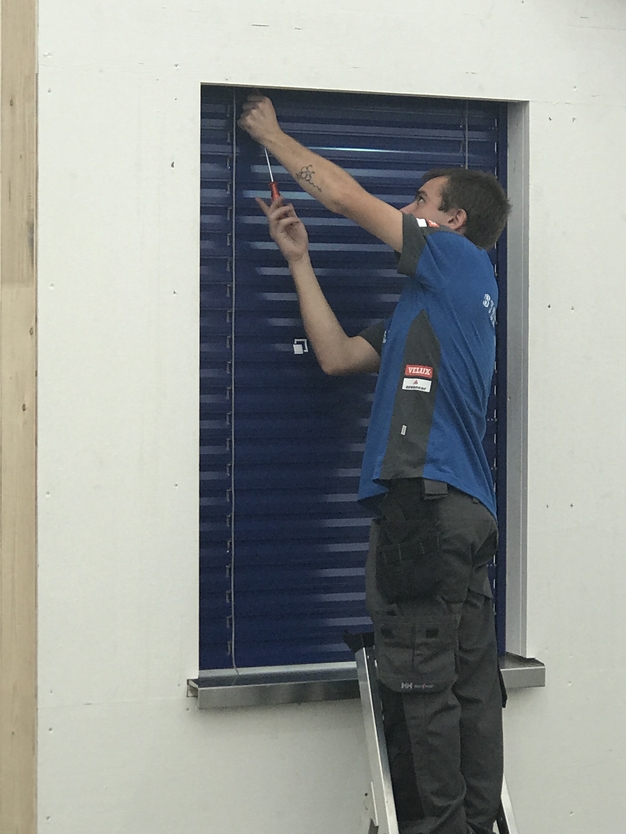
Question 7: Was the application of the tool a success?
Mario Eymann, 3rd year production mechanic apprentice:
I think hex keys are one of the best inventions ever and can be used everywhere.
Jonas Widmer, 3rd year administration trainee:
The shade fitters used a screwdriver with an extra-long blade so they could tighten the screws in the recesses above the window. Because they were able to fit the shades, the use of that particular tool must be considered a success.
Florence Gammeter, 1st year polymechanic apprentice:
I am convinced that the application of that tool was successful.
Here are some more impressions:
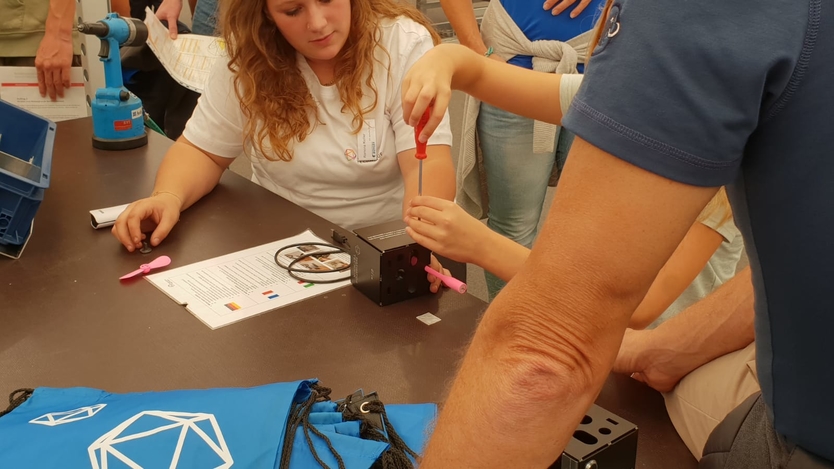
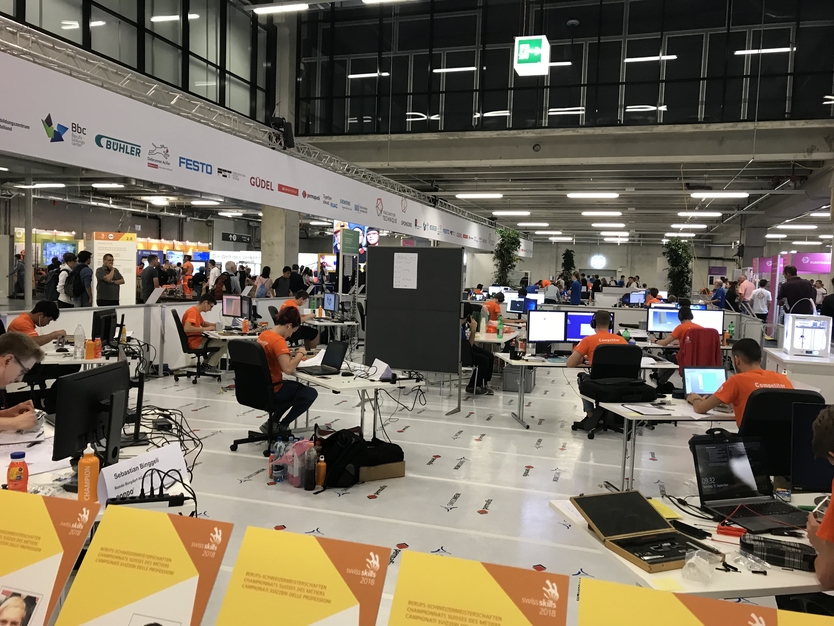
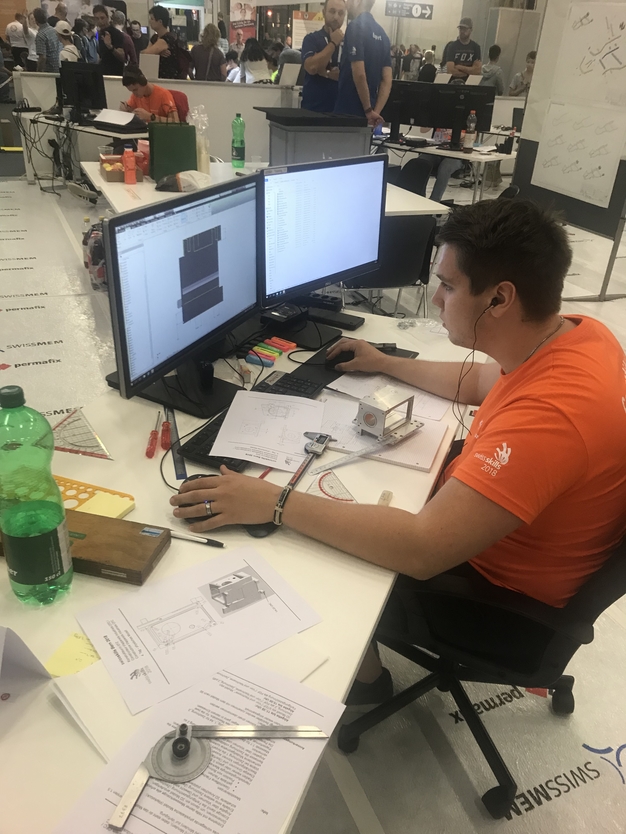
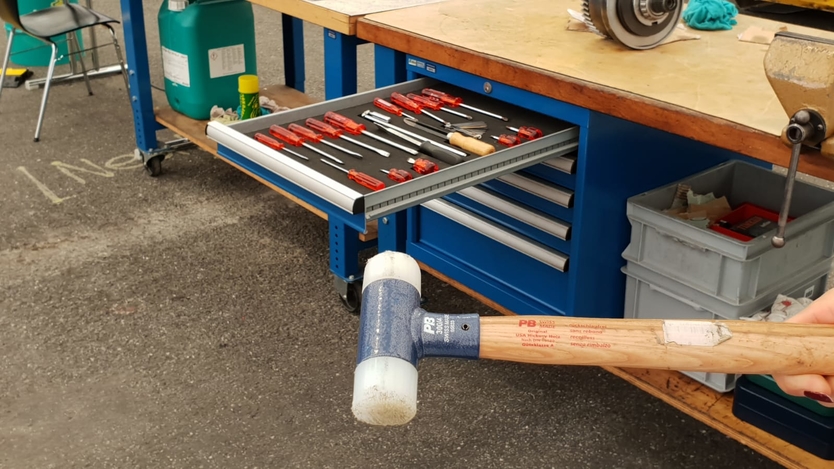
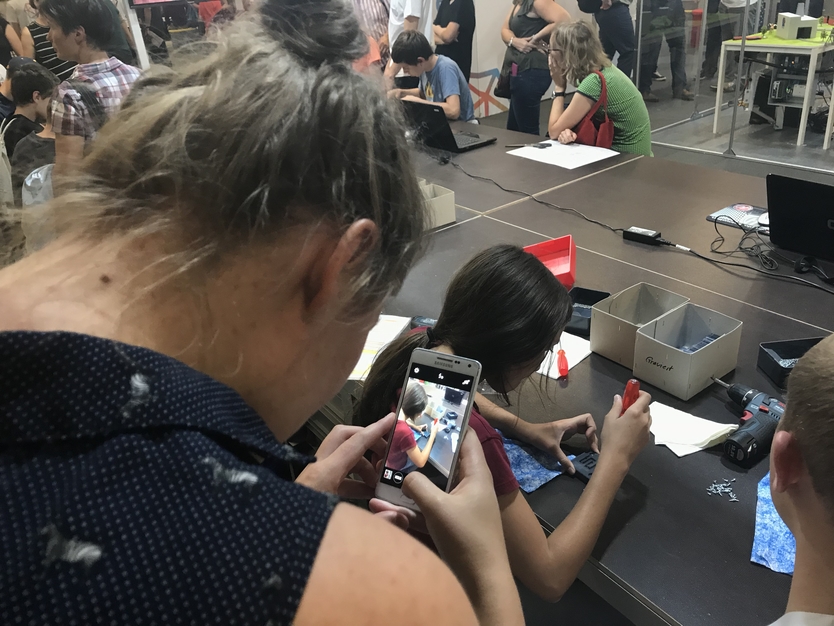
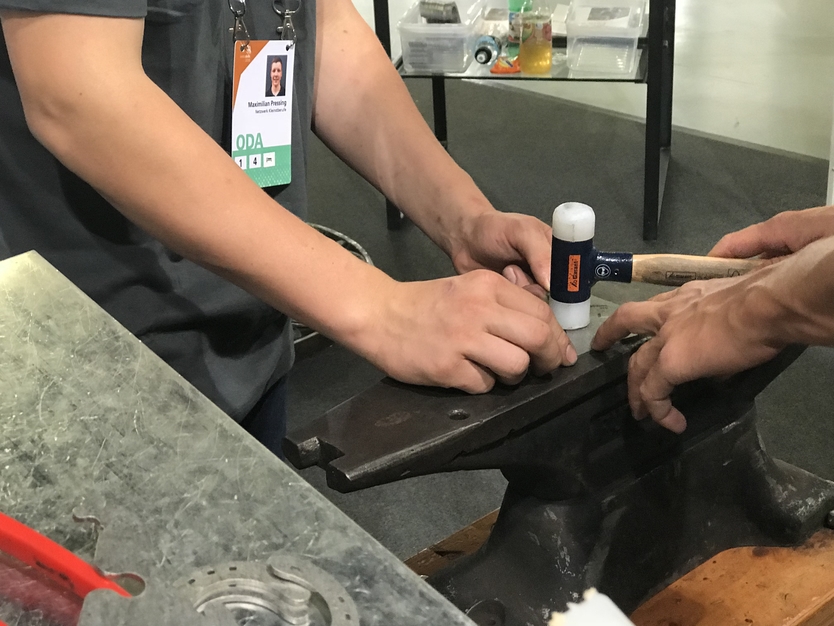
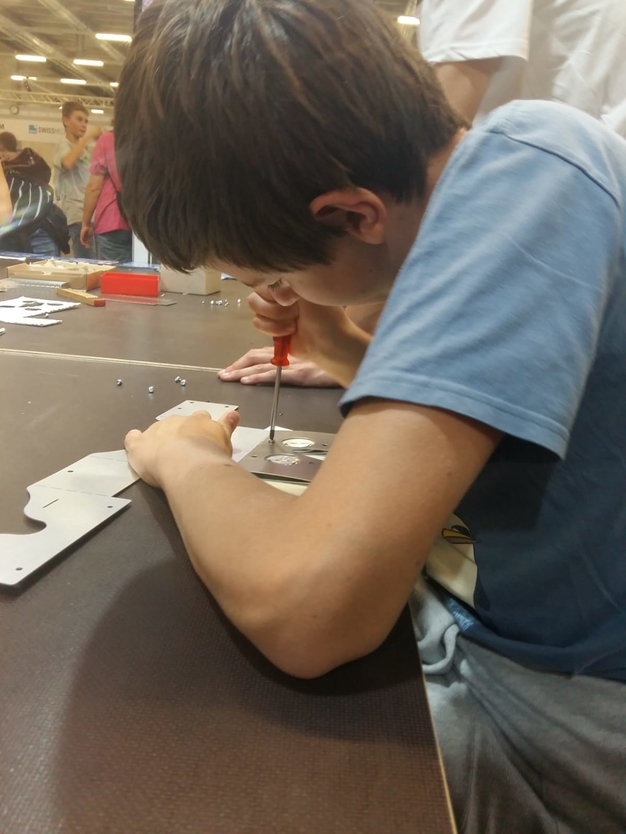
#SwissSkills #Berne #Swissmastercraftsmen #Swissmastercraftswomen #Vocationaltraining #trainees #apprentices #workwiththebest #Instructors #EFZ #Apprenticeshipdiplomas #Pros #Speed #Pressure #Concentration

